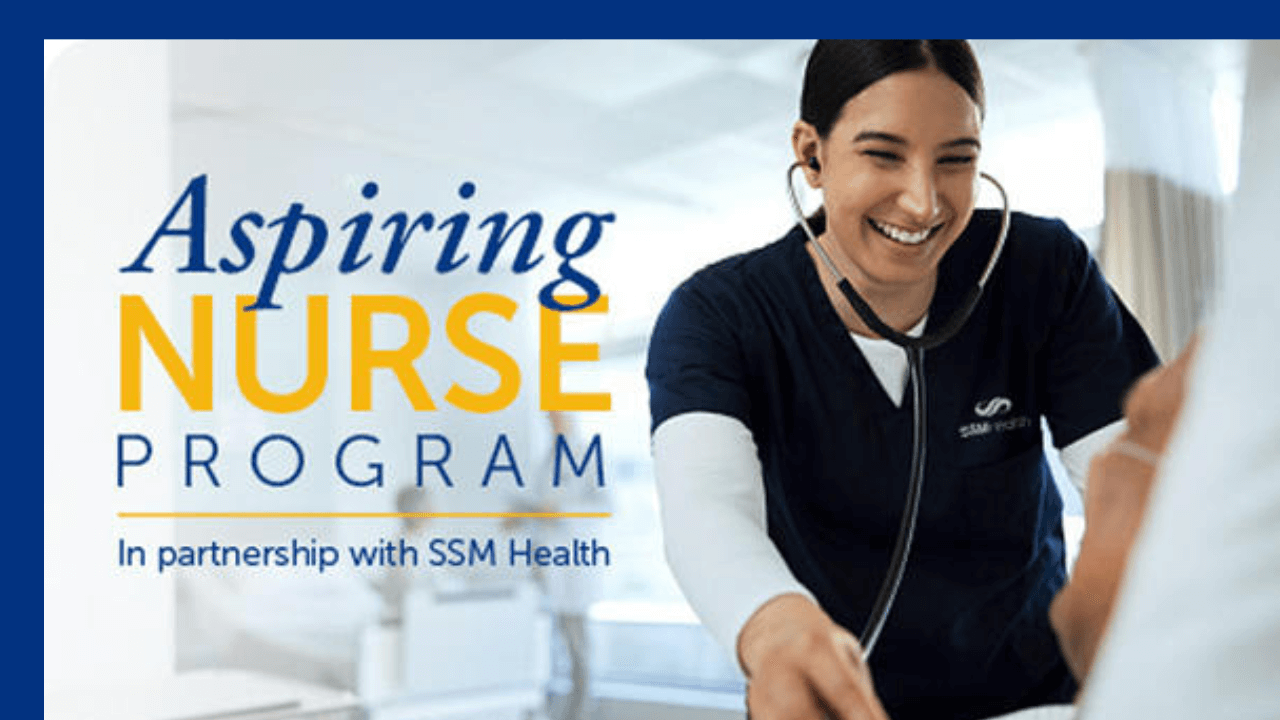Chamberlain University, SSM Health launch nursing pipeline program

ILLINOIS and MISSOURI, UNITED STATES — Chamberlain University and SSM Health have unveiled the Aspiring Nurse Program, a first-of-its-kind partnership designed to address the nursing shortage by providing funding for education and guaranteeing job opportunities.
The initiative aims to produce over 400 nurses annually while streamlining clinical training and employment across four states.
Easing nursing shortage with education-to-employment model
The program will initially launch in Oklahoma this fall through Chamberlain’s online Bachelor of Science in Nursing (BSN) program before expanding to Missouri, Illinois, and Wisconsin.
The initiative yields graduates who are well-prepared to excel on their first day at the workplace, as well as a notable decrease in turnover and recruitment expenditures that SSM Health incurs for new graduates.
Laura Kaiser, the Chief Executive Officer (CEO) of SSM Health, emphasizes the idea that the program represents the organization’s long-term investment in the stability of its workforce and the quality of care for patients.
“The Aspiring Nurse Program is a strategic long-term investment in our people and our Mission. It’s designed to meet today’s workforce challenges while building a stronger, more resilient future for nursing,” Kaiser said.
Strategic workforce development reshapes nursing education
This collaboration with healthcare systems has been a sign of a major shift in the way educators and healthcare systems work together to address staffing gaps. In contrast to traditional nursing programs, the Aspiring Nurse Program is both financially supported and integrated into a real clinical rotation at SSM Health locations, where students will potentially train in the workplace.
Not only does this method speed up the preparation process, but it is also in line with Adtalem Global Education’s plan to become a leading workforce partner to healthcare providers.
Steve Beard, the Chairman and CEO of Adtalem Global Education, referred to the initiative as a transformational model of developing the healthcare workforce. “This partnership with SSM Health demonstrates the transformative power of large-scale collaboration between education and healthcare,” he notes.
Karen Cox, President of Chamberlain University, further stated that the program focuses on positioning nurses in high-need areas, thereby reinforcing the school’s educational mission to serve.
Cox stressed that, “Nurses are essential to community health, and expanding the workforce supports both patients and current caregivers. As the nation’s largest School of Nursing, we’re eager to create innovative and immediate opportunities for our graduates in communities where they’ll make a real impact.”
Since nursing shortages have put pressure on hospitals across the country, these collaborations can provide a new example of how employer-sponsored partnerships can offer a scalable remedy in clinical education.

 Independent
Independent




